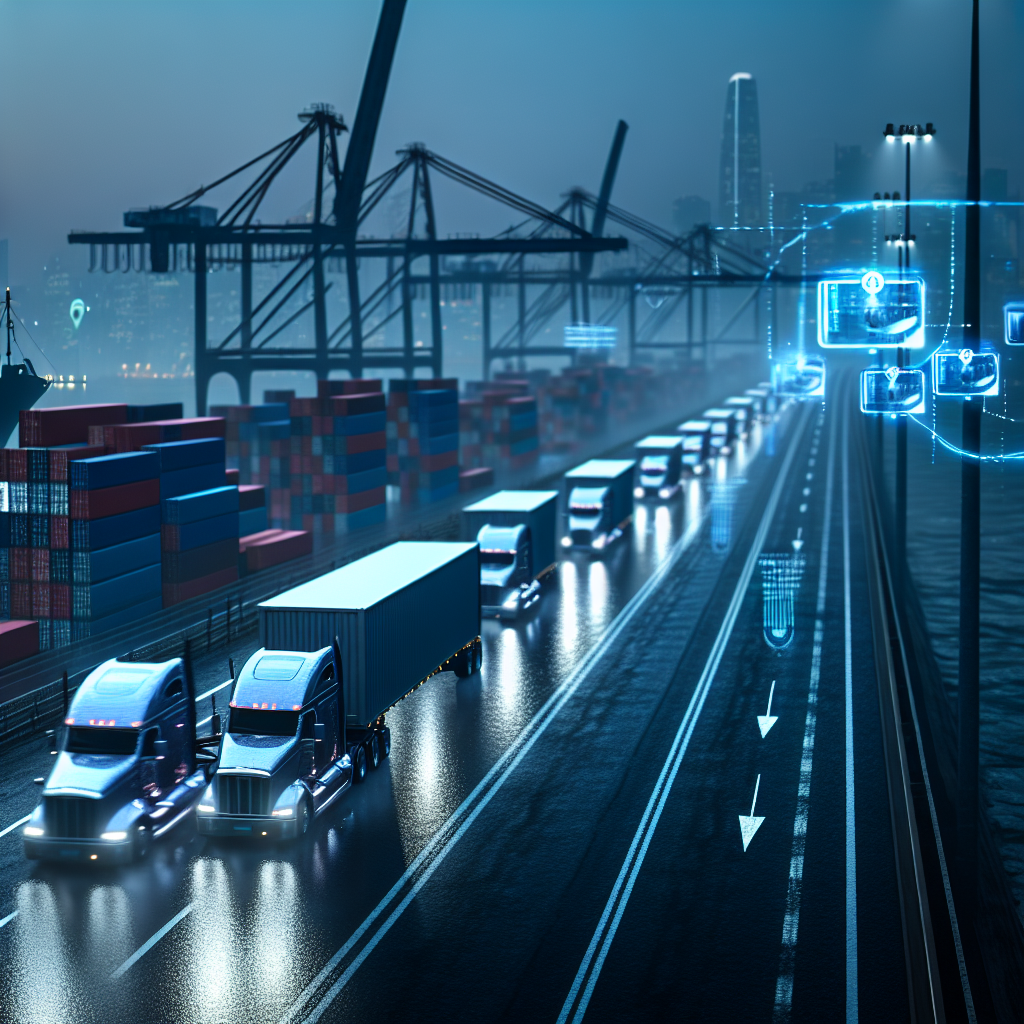In a late-week escalation ahead of a high-stakes U.N. shipping meeting, President Donald Trump publicly urged countries to “vote NO” on a global carbon price for oceangoing vessels, denouncing it as a “Global Green New Scam Tax.” His call came as delegates met in London to finalize the International Maritime Organization’s Net-Zero Framework, which includes a greenhouse-gas pricing mechanism for shipping.
By Friday, the IMO’s Marine Environment Protection Committee put the brakes on a final decision, voting to adjourn the adoption process for one year. The agency said it will reconvene the extraordinary session in 12 months and continue technical work in the meantime — a procedural pause that keeps the framework alive but defers any new fee on bunker fuel emissions.
The delay followed a bruising week of diplomacy. A Saudi-led motion to postpone carried by 57 votes to 49, with tensions heightened by U.S. warnings of trade retaliation and tighter visa rules if nations backed the measure. The reprieve marked a clear victory for Washington and its allies, while countries pushing for a price signal — including many in Europe and Latin America — were left empty-handed for now.
For context, advocates for the levy argue the sector’s emissions — roughly 3% of the global total — require a uniform, global policy to steer investment and scale cleaner fuels. After this week’s outcome, environmental groups criticized the political pressure campaign and the resulting uncertainty for climate planning, even as they vowed to keep pressing for a deal.
Industry responses underscored the practical bind. The International Chamber of Shipping, representing owners behind most of the world’s merchant fleet, said it was “disappointed” governments could not agree and stressed the need for clarity to unlock capital for new fuels and vessels. Without predictable global rules, executives warn, boardrooms will hesitate over multi‑year bets on engines, bunkering and port infrastructure.
Campaigners framed the outcome differently: Transport & Environment said U.S.-led pressure left the sector “drifting in uncertainty,” but added there remains a clear appetite among many governments to push ahead with meaningful decarbonization next year.
Why this matters for U.S. trucking: while the yearlong adjournment removes the immediate risk of a brand-new global carbon surcharge being layered into ocean freight bills, it doesn’t eliminate cost volatility or policy risk for domestic logistics. Ocean carriers had been modeling compliance scenarios and potential pass‑throughs; the pause means no near‑term, across‑the‑board fee tied to a UN price on emissions for Asia–U.S. trades. That relieves immediate pressure on importers’ landed costs and, by extension, on drayage providers, chassis pools and warehouse networks that feel the knock‑on effects of any ocean rate hike.
The reprieve, however, comes with trade-offs that still matter on the road. First, policy uncertainty tends to push compliance costs into bespoke surcharges and contract clauses rather than a single global rule — complicating BCO budgeting and trucking demand forecasting for 2026 bid cycles. Second, if the United States were to follow through on threats of extra port fees or visa restrictions aimed at countries supporting a global levy, carriers could reshuffle port calls and routings to minimize exposure. That kind of rotation can redirect import flows among U.S. gateways, shifting container volumes, yard dwell times and drayage availability market by market.
Third, the absence of a global baseline keeps the door open to a patchwork of regional measures and voluntary programs — a world where some trade lanes carry climate-cost adders and others don’t. For truckers tied to ports that handle those lanes, the result can be uneven container turns and unpredictable chassis utilization, especially when shippers rush cargoes to beat policy milestones or slow-roll bookings while they wait for clarity. That volatility tends to reverberate through domestic TL and LTL networks as well, influencing transload decisions and the balance between inland rail and truck.
What’s next: The IMO says its greenhouse‑gas working group will keep meeting to refine guidelines, even as the formal adoption vote is parked until next year. That keeps negotiators at the table and gives fleets, fuel suppliers and ports another window to shape details around verification, pricing architecture and rewards for cleaner ships. For trucking and intermodal providers, the practical takeaway is to plan for two scenarios in 2026 — one with a global price signal that raises bunker-related costs more uniformly, and one where climate costs arrive via regional regimes and carrier-specific surcharges. Either way, contracts that transparently define environmental pass‑throughs and service adjustments will be critical to protecting margins on the ground.
Political temperature check: Trump’s message this week — urging nations to sink the measure and pledging the U.S. would not comply — signals continued hard opposition from Washington. That stance shaped the London outcome and will loom over the next round, including broader climate talks later this year. Logistics planners should assume geopolitics, not just technology readiness, will set the pace of maritime decarbonization — and build flexibility into networks accordingly.
Sources: FreightWaves, Associated Press, The Guardian, International Maritime Organization, International Chamber of Shipping, MarineLink, The National, Transport & Environment, Livemint
This article was prepared exclusively for TruckStopInsider.com. Republishing is permitted only with proper credit and a link back to the original source.





